By Angela Fisher
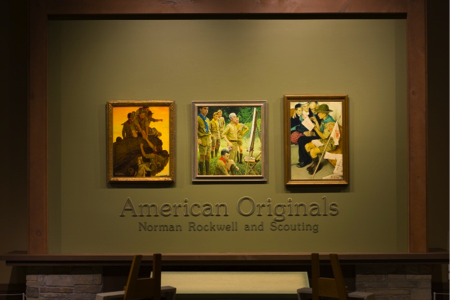 The Church History Museum had a tremendous opportunity this past year as we collaborated with the National Scouting Museum in Irving, Texas to bring 23 original Norman Rockwell paintings to Salt Lake City in the exhibit American Originals: Norman Rockwell and Scouting. Not only was this a tremendous opportunity in terms of bringing new visitors into the museum and building relations within the museum community, but it also gave us the opportunity to consider new ways to provide the best experience possible for our audiences as they visited this exceptional exhibit.
The Church History Museum had a tremendous opportunity this past year as we collaborated with the National Scouting Museum in Irving, Texas to bring 23 original Norman Rockwell paintings to Salt Lake City in the exhibit American Originals: Norman Rockwell and Scouting. Not only was this a tremendous opportunity in terms of bringing new visitors into the museum and building relations within the museum community, but it also gave us the opportunity to consider new ways to provide the best experience possible for our audiences as they visited this exceptional exhibit.
The exhibit, American Originals: Norman Rockwell and Scouting, would attract several distinct audiences to the museum, including Scouters and Norman Rockwell aficionados. We wanted to provide for the needs of those audiences in addition to inviting our current audiences to enjoy and learn from the exhibit.
Perhaps the most important thing we did was to identify our audiences’ goals in coming to the exhibit. As we worked to align our education materials and experiences with the goals of visitors, we reached our patrons in new and engaging ways. Recognizing the goals of our patrons had a huge impact on the experience they had within the museum.
Putting Scouts to Work
We knew that one of the goals of Boy Scouts is to earn Merit Badges. So what did we do with lots of Scouters that came to visit our museum? We put them to work earning these badges! We provided two booklets in which Boy Scouts could make significant progress toward earning their Art and Scouting Heritage Merit Badges. We did not forget the Cub Scouts, and worked with their organization to provide a special pamphlet that allowed them to earn a special patch as they visited the gallery. Thousands of Scouts came and participated in these activities.
Reaching out to Families
Many families visit the Church History Museum and we wanted them to be able to enjoy this exhibit as well. The dynamics of a multi-generational group can be difficult. How do you address all of their needs? One way that we did this was through Art Detective cards. Children worked with parents to find the answers to mystery questions printed on small cards. To help them find the answer, the card contained a detail within the painting. Finding the painting in the gallery would allow them to solve the mystery on the card. It was not uncommon to hear exclamations of delight as children and parents worked together to discover the art in the gallery.
Interactive art kiosks also allowed visitors to discover Norman Rockwell’s paintings as they “painted” with a digital paintbrush across images of selected paintings. Upon doing this, they could see the way Norman Rockwell used different colors in his process. Visitors looked at Norman Rockwell’s paintings in a new way, observing his process in a way they would not have before.
Working with Limited Gallery Space
We knew that the Norman Rockwell lovers would be less familiar with his Boy Scout paintings and would want to know more about how he became involved with the Boy Scouts. We also were aware that many patrons would want to know how to look at his art and gather new meaning from it. Having a show with Norman Rockwell paintings would attract a lot of visitors, making gallery tours difficult at best and impossible at worst. We worried about sound levels, space, and the ability of visitors to have a quality experience during a tour with a gallery filled with other visitors.
As a solution, instead of providing tours in the gallery, we created a brief docent-led presentation held in the museum theater. It included background on Norman Rockwell and his relationship with the Boy Scouts, as well as interactive discussions that delved into the artwork and prepared visitors to explore it for themselves once they entered the gallery. Visitors commented on how the presentation helped them understand the exhibit better and see Rockwell’s art with new eyes.
Reflections
Through the six-month duration of the exhibit, we had over 150,000 patrons visit our museum, many commenting on the wonderful time they had as they viewed these American treasures. By thinking creatively to both engage our current audiences and delight our new audiences, we found great success. This was possible as we recognized the goals of our visitors and provided ways that these goals could be achieved as they visited the Church History Museum.
Angela Fisher currently works as an Education and Exhibits Intern at the Church History Museum. She received her B.A. from Brigham Young University in Humanities with an Emphasis in Art History and a minor in Business Management. Her interests within museum education include intergenerational learning, integration of multicultural arts, and interdisciplinary connections.

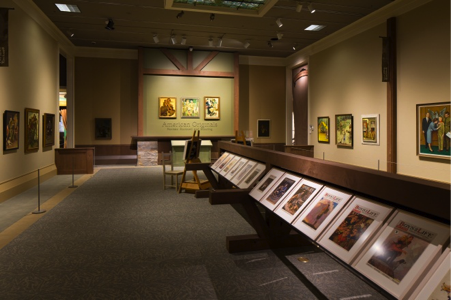
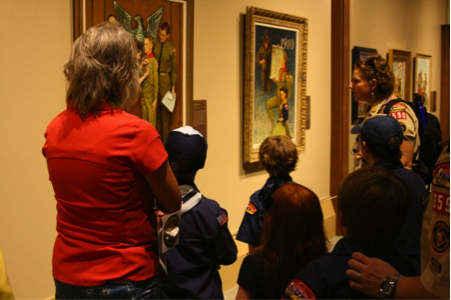
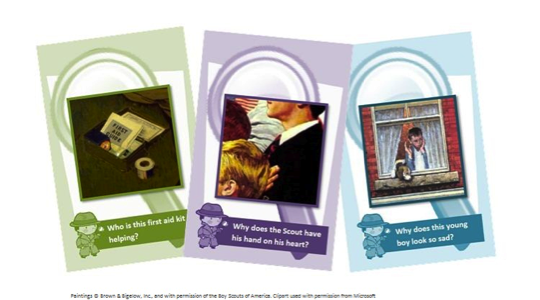
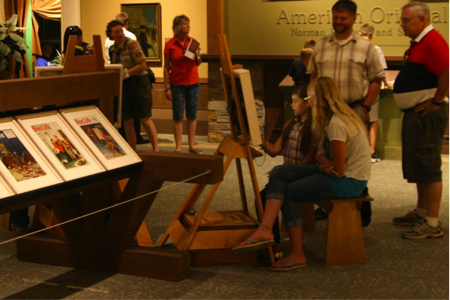
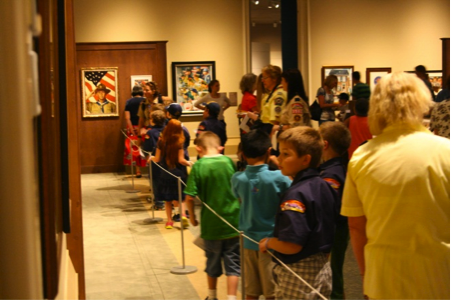







Add new comment